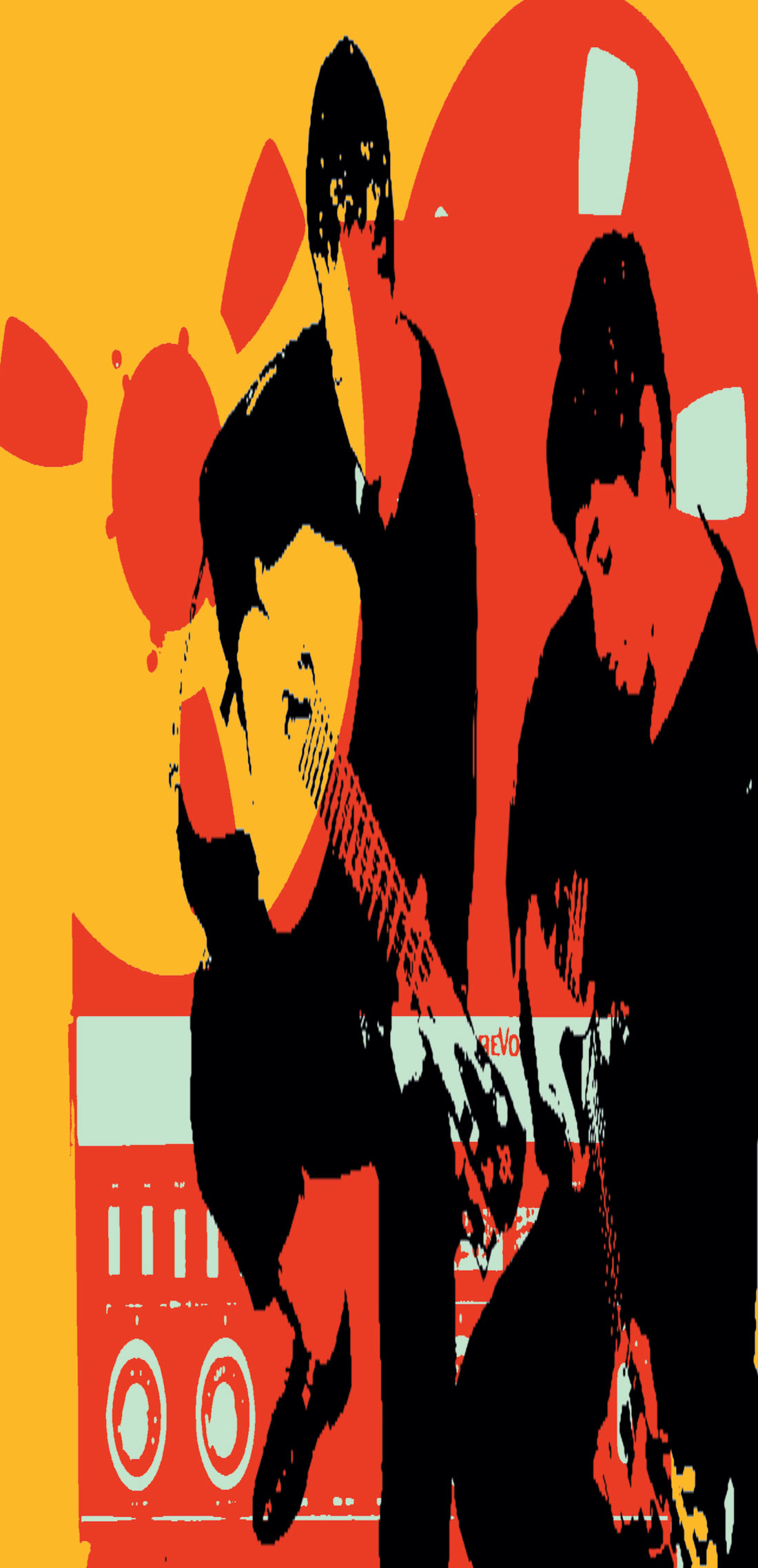At first I had a hard time getting a feel for this unit because I had expectations for it that ended up being false. Before I got it, I had the idea I was gonna use it for snare drum. But after using it a few times, it just didn't rock my world very much. It wasn't bad, but I wanted something a little grittier and EQ that was a bit more drastic. The 737 was just too smooth and clean. Finally after using it for several months on vocals, acoustic and electric guitars, bass (direct), banjo and violin - and having it sound great on all of those instruments - I realized that I just didn't like it on drums much. This actually helped me decide that I just don't really like tube pres on drums. I felt like the "warmth" that people, myself included, equate with tubes just didn't react fast enough to transients that I wanted to hear on my kick, snare and tom mics. Interestingly though, I really like the sound of tubes via my UA 2-610 pre on overheads, where they seem to mellow the usual harshness of cymbals. Drums aside (for me anyway, you may love it on drums) this box kicks ass on just about anything else I run through it. It is the most "hi-fi" sounding tube pre I've heard to date, with an extended top end and a very clean sound. None of the slightly attenuated top end or slight distortion that I usually associate with tubes is present here. I've had really good results using this on sessions that go straight to hard disc instead of tape - the cliché of a warm, tube front end to digital seems to be true. If you're looking for a versatile, excellent sounding front end to a project studio (especially digital) this box is awesome. And since this thing is not exactly cheap ($2205 list), it's a nice bonus that it looks really great and is built like a tank. There are no corners cut in any aspect of the design and construction of this unit, right down to the custom solid metal knobs and big cool looking VU meter. On the spec side, this is one channel of Class A electronics with four triode tubes. It's got a mic, line and instrument (DI) input, with the mic input transformer balanced. Next in the chain is an opto- compressor (the same type of circuit the venerable LA-2A uses) and then a four band EQ. The EQ section is solid state discrete class A, and while not fully parametric (with a variable Q) the two mid bands have a switch between normal and Hi-Q. In practice the EQ sounds killer and is more than adequate for anything I needed to do on stringed instruments and such. The high and low bands are shelving and switchable while the two mid bands are sweepable The usual phantom power and phase reverse switches are also present. There's also a high-gain switch which boosts the input by 18 dB in mic mode and 8 dB in line mode. Finally, you can insert the twin mid bands of the EQ as a sidechain into the compressor path for frequency selective dynamics, which could be used for de-essing with the high and low EQs remaining in the signal path. All together, this is one well thought-out and put together box that can do many things in the studio.
(www.avalondesign.com)




_disp_horizontal_bw.jpg)